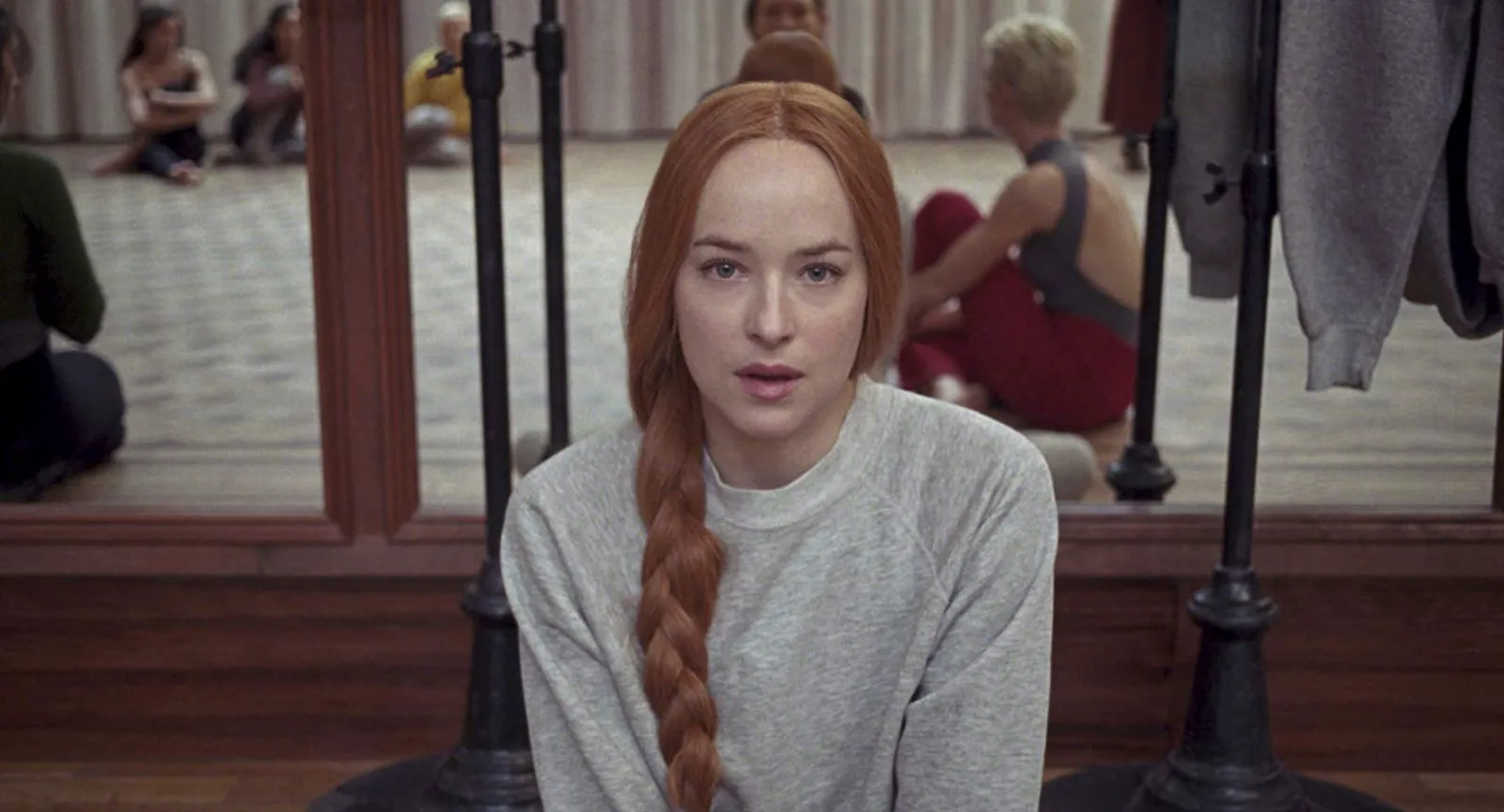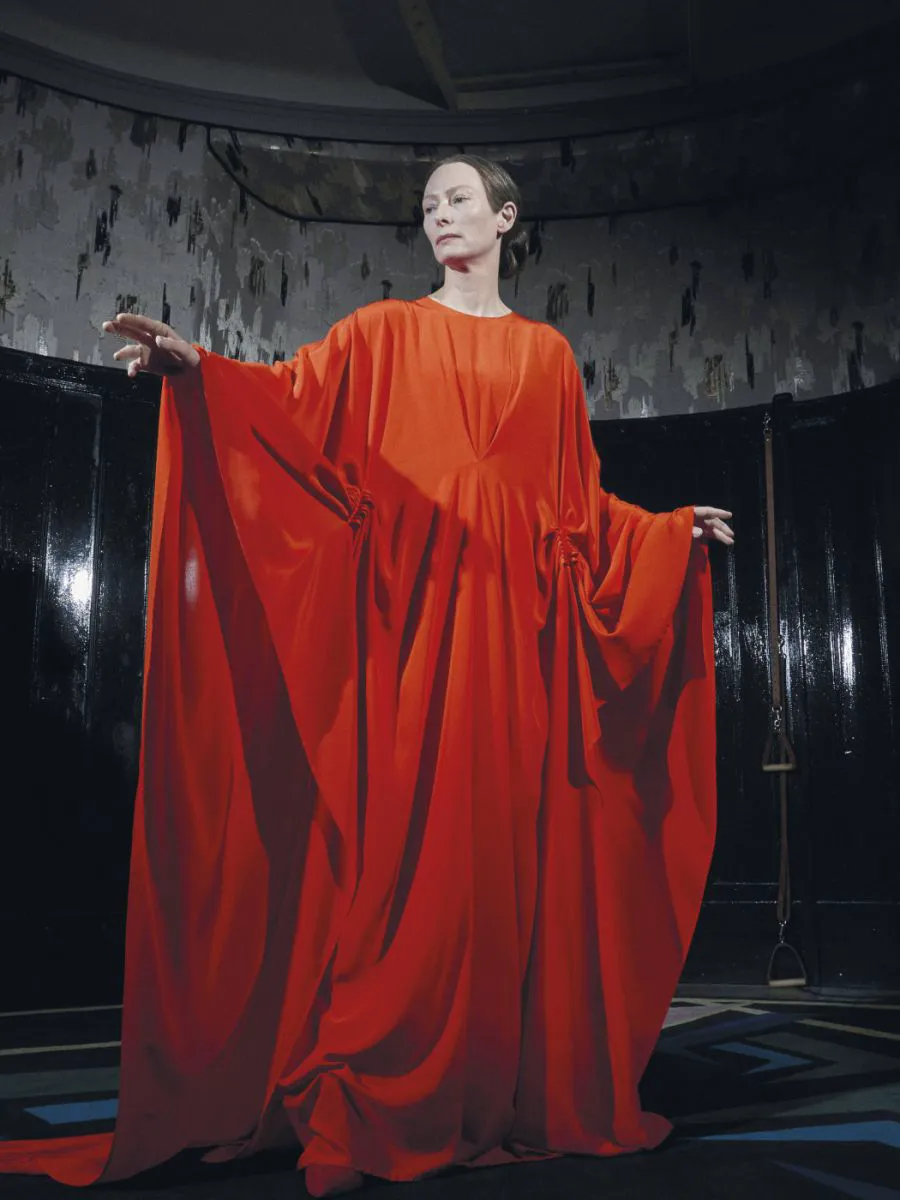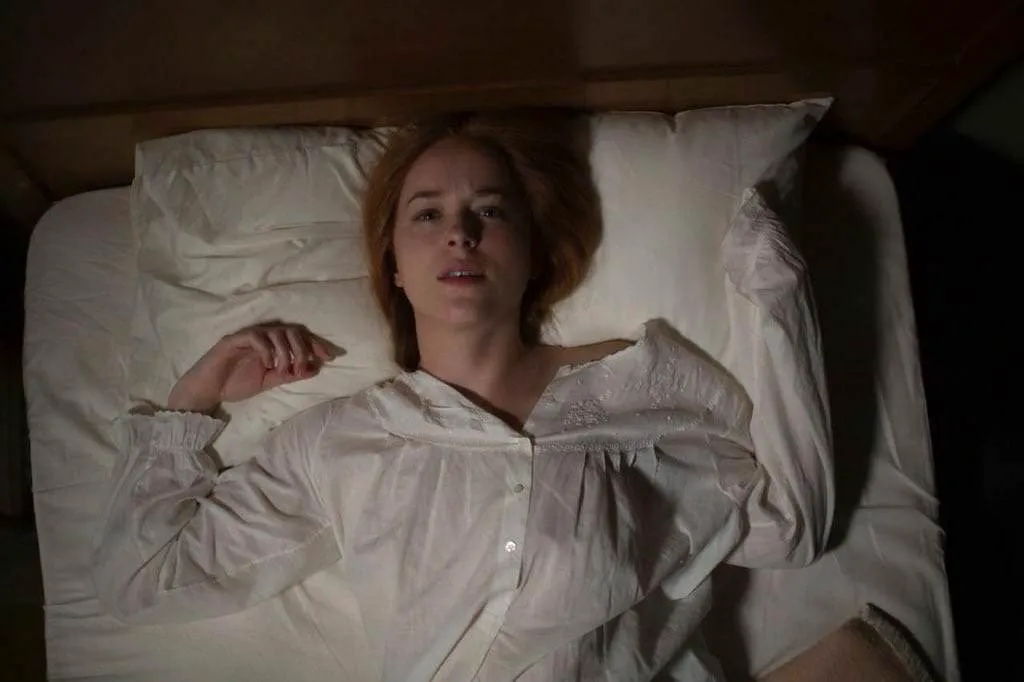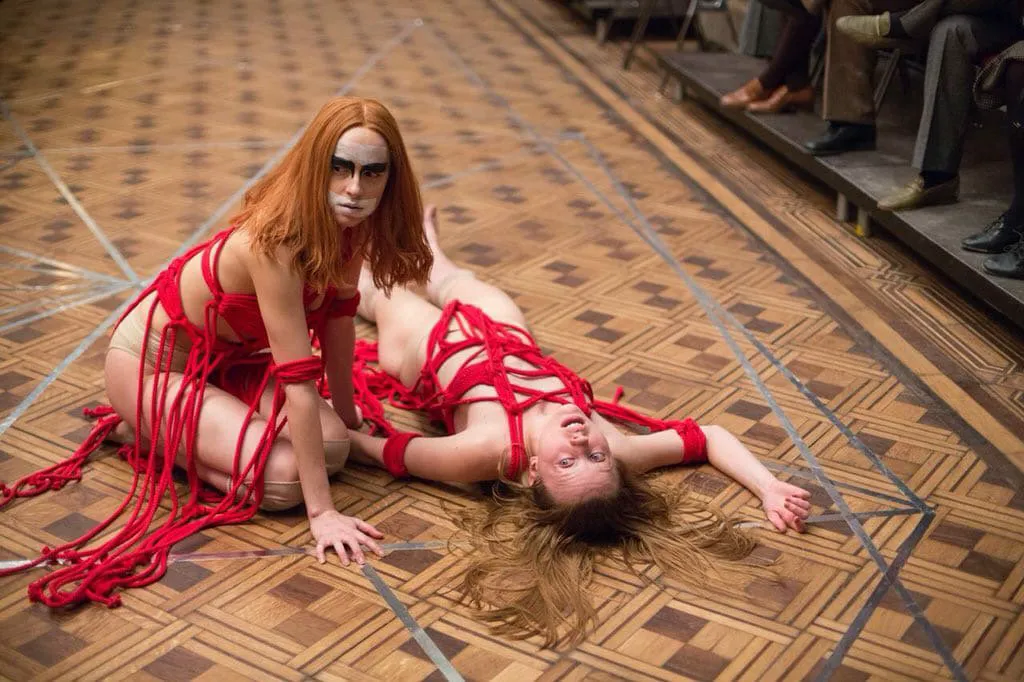Suspiria: A Hauntingly Exquisite Remake
A refined, intricate, and potentially iconic horror remake explores the enduring impact of the past.
Echoes of the Past in 1977 Berlin
Berlin, 1977. The Wall stands firm, and Soviet tanks patrol the streets. In the distance, the Red Army Faction plots and executes its acts of terror. Within the secluded confines of Madame Blanc’s (Tilda Swinton) otherworldly dance academy, life seems unchanged. Just as in Dario Argento’s 1977 “Suspiria,” a masterpiece of Italian horror, the school prepares for performances, and talented young women dance. Occult rituals, sabbaths, and mysterious deaths and disappearances of students are all part of the school’s established order.
An elderly, solitary psychotherapist wanders through Berlin, inexplicably drawn to the cursed school. The reason for his interest is revealed later, though some may still struggle to grasp its significance. Simultaneously, the protagonist prepares for her leading role in the school’s new production, aided by the choreographer, who lures less talented students into a mirrored room, draining their souls and transferring their power to her favorite.

A Timeless Connection
Before delving into the unexpected, paradoxical, and frankly stunning 2018 remake by Luca Guadagnino, Argento’s compatriot, it’s crucial to acknowledge that this film is deeply rooted in the connection between eras, emphasizing that the past never truly vanishes. The original film, a timeless classic, has haunted aristocratic horror fans for nearly half a century, despite its minimal plot. The new “Suspiria” acknowledges its predecessor, featuring Jessica Harper in a drastically different role. No longer the main character (Dakota Johnson, who previously worked with Guadagnino in “A Bigger Splash,” takes her place), she now plays the wife of a significant character portrayed by Swinton. Tilda embodies at least two characters (perhaps more, for those keen on observation), one hidden beneath heavy silicone makeup, obscuring her features entirely – a deliberate choice.

Familiar Yet Unfathomable
“Suspiria” feels both intimately familiar, especially to those who have seen the original, and utterly incomprehensible. It’s a horror film where strange occurrences unfold, yet the viewer feels no urge to correct them. Instead, a sticky (more like blood than sweat) sensation of impending, all-consuming chaos prevails. Echoing Trier’s declaration in “Antichrist,” “Chaos reigns,” Guadagnino quietly but firmly adds, “Chaos reigns, has reigned, and will always reign.”
A Commentary on Europe’s Demise
At its core, “Suspiria” explores the ultimate demise of Europe as we know it, stemming from a heart torn out during World War II by collective evil. The film delves into historical memory, though personal memory also plays a role. The plot and its interpretation demand considerable and perhaps agonizing contemplation.

Guadagnino’s Exploration of Overpowering Emotions
Luca Guadagnino consistently explores profound themes, such as the overwhelming power of love (as seen in his acclaimed “Call Me by Your Name”) and the beauty of relinquishing control over life. His work often centers on emotions that dominate the human mind, akin to mental illnesses that defy conscious control. For instance, his flawed yet sexually charged film “Melissa P.: An Intimate Diary” portrays a schoolgirl exploring carnal pleasures, unable to subject her libido to reason, instead, battling herself to shed inhibitions in her sexual exploration. In “Suspiria,” people are haunted by inescapable memories that cannot be erased.

A Descent into Nightmarish Horror
Ultimately, “Suspiria” is terrifying, a descent into utter madness and nightmarish horror. However, it doesn’t leave the viewer merely depressed by violence or gore. Instead, it presents seemingly ordinary scenes, punctuated by the protagonist’s cursed dreams filled with pale girls, floating colored entities (reminiscent of Lynch’s “Twin Peaks” Season 3), worms, entrails, blood, fear, death, and dread. It transcends cinema, becoming a captivatingly terrifying video art piece.
A Modern Masterpiece
In essence, “Suspiria” is best compared to Lynch’s “Twin Peaks” Season 3, albeit with a less cryptic plot that allows for interpretation. Time will determine its greatness (as it did with “Twin Peaks”), but the new “Suspiria” is poised to solidify its themes of interconnectedness and become as iconic as the original. After all, we are all, like this film, remakes of our parents.